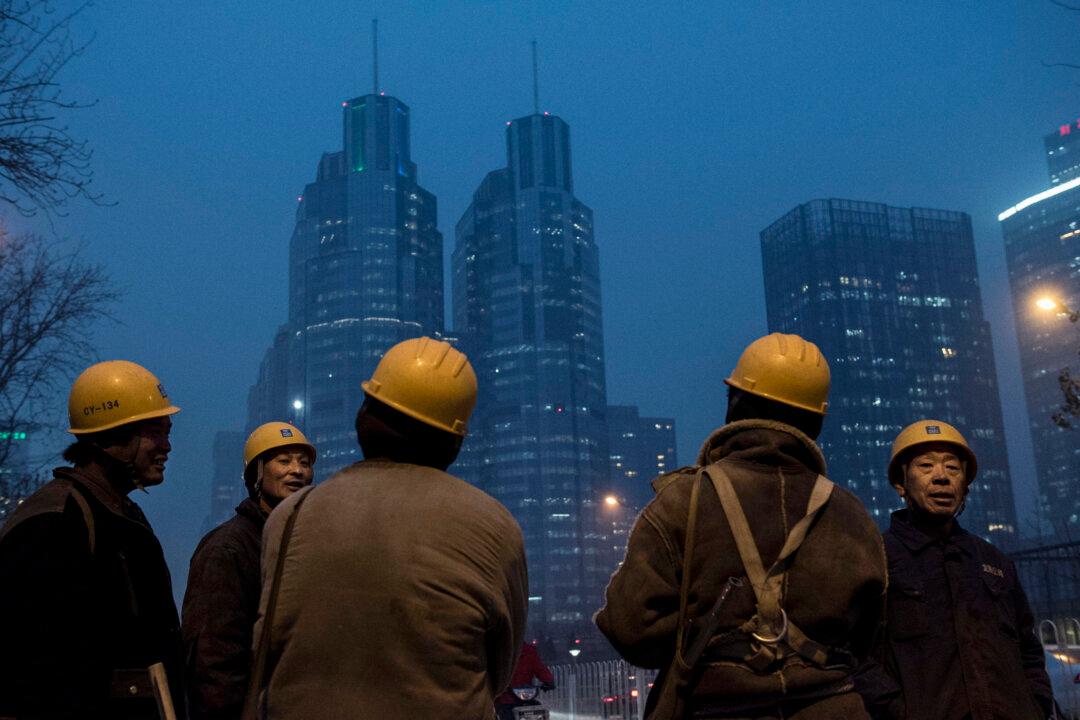For developing countries, meeting Sir William Arthur Lewis is bad news. Although the Noble Laureate has already passed away in 1991, his famous turning point means an end to rapid productivity growth.
Lewis published research in 1954 which states that developing countries will see much slower productivity growth after their urbanization phase is complete. This means the cities have absorbed all workers from the countryside they can absorb or that workers cannot or do not want to move out of the countryside anymore.





